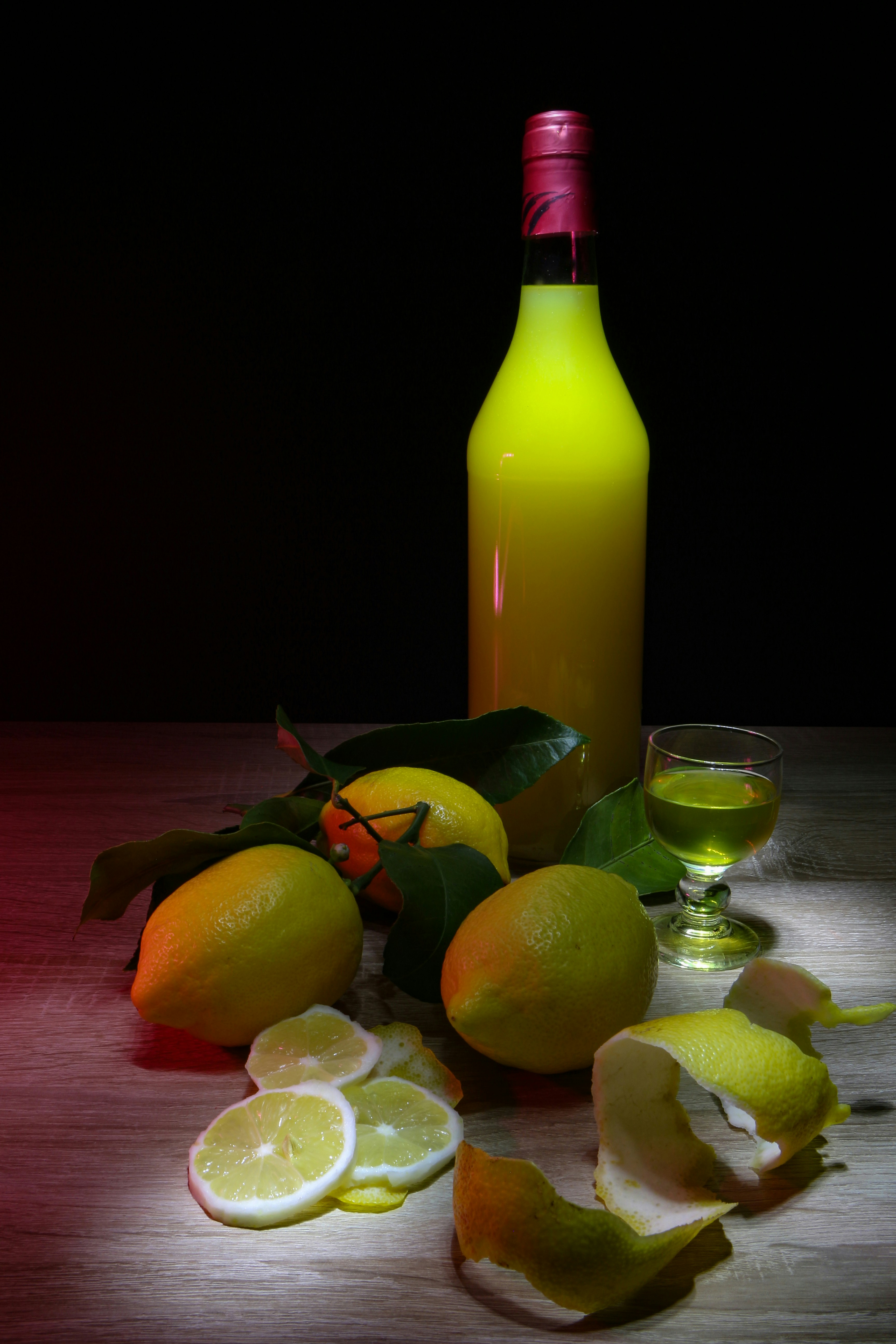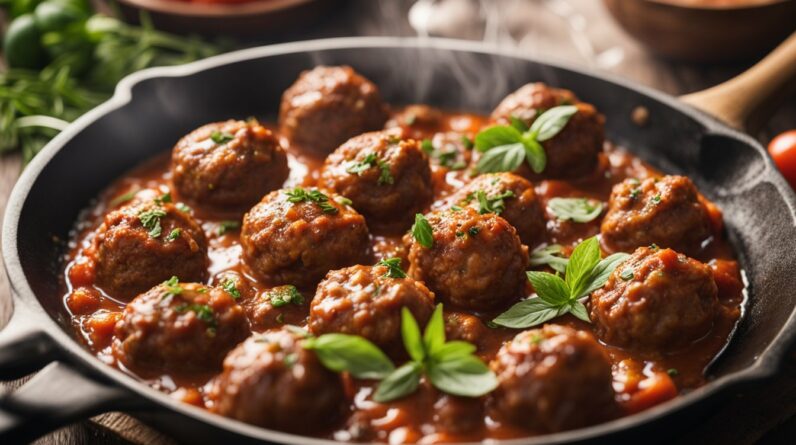Limoncello, the bright yellow liqueur that transports us to the sunny shores of Italy, has a rich history and deep-rooted significance in Italian culture. Originating from the Amalfi Coast, this tangy and refreshing drink is a beloved staple in Italian households and an iconic symbol of hospitality. Explore with us as we uncover the intriguing backstory and delve into the cultural significance that makes limoncello a cherished tradition that continues to bring joy and zest to any occasion.
Origin of Limoncello
Historical Background
Limoncello, the vibrant and refreshing lemon liqueur, traces its origins back to the picturesque southern region of Italy. The history of this beloved beverage is intertwined with the rich cultural heritage of the Italian people, with its roots running deep in the sun-drenched shores of Southern Italy.
Southern Italy as the Birthplace
The birthplace of Limoncello can be attributed to the scenic region of Southern Italy, particularly the Sorrento Peninsula, Amalfi Coast, and the island of Capri. This coastal paradise, renowned for its lush groves of lemon trees, provided the perfect environment for the production of this citrus-infused elixir. The warm Mediterranean climate and the fertile soil combined to nurture the growth of high-quality lemons, which became the key ingredient in the traditional recipe.
Traditional Preparation of Limoncello
Ingredients
The simplicity of Limoncello lies in its uncomplicated list of ingredients. The heart and soul of this beverage are the luscious and aromatic lemons. These lemons, known as sfusato lemons, are grown exclusively in the aforementioned regions of Southern Italy. Other essential ingredients include pure grain alcohol, water, and sugar.
Techniques
The process of crafting Limoncello is a labor of love that requires patience and attention to detail. The process begins by carefully peeling the lemons, removing the zest while leaving behind the bitter pith. The zest is then steeped in the pure grain alcohol for several weeks, allowing the vibrant lemon oils to infuse into the liquid. After this maceration period, the lemon-infused alcohol is strained, and a simple syrup made from water and sugar is added. The resulting concoction is then left to mature, allowing the flavors to develop and harmonize.
Recipe Variations
While the traditional recipe for Limoncello remains cherished and widely embraced, there is room for creativity and variation in this time-honored beverage. Some artisans choose to add different citrus fruits or experiment with the ratio of ingredients to create unique twists on the classic recipe. Whether it’s the addition of oranges, grapefruits, or even blood oranges, these variations add a delightful element of surprise to the already vibrant and zesty drink.
Popularity and Spread of Limoncello
Initial Local Familiarity
Limoncello first gained popularity amongst the locals of Southern Italy, who recognized its refreshing and invigorating qualities. In small family-run distilleries and homes across the region, Limoncello was produced and consumed as a delightful digestif, enjoyed after meals to aid in digestion and provide a burst of flavor.
Exposure to the Rest of Italy
As Italy’s culinary traditions spread from region to region, Limoncello found its way onto the menus of restaurants and bars throughout the country. The vibrant yellow liqueur captured the imagination and taste buds of Italians, leading to a wider recognition and appreciation of Southern Italian flavors.
International Recognition
Limoncello’s journey from a local delight to an internationally renowned Italian liqueur has been remarkable. With the rise of global travel and the growing interest in international cuisine, Limoncello soon became a sought-after souvenir for visitors to Italy. Its refreshing taste and vibrant color made it a beloved ambassador for the flavors of Southern Italy, and it quickly gained popularity in bars and restaurants worldwide.
Cultural Significance of Limoncello
Symbol of Southern Italian Hospitality
Limoncello embodies the warmth and generosity of Southern Italian hospitality. It is often served as a welcoming gesture to guests, inviting them to experience the vibrant flavors and unique traditions of the region. The act of sharing Limoncello serves as a symbol of friendship and connection, highlighting the cherished value placed on community and conviviality in Southern Italy.
Part of Culinary and Festive Traditions
Limoncello has become an integral part of Southern Italian culinary and festive traditions. From festive occasions to humble family meals, this vibrant liqueur adds a touch of brightness and celebration. Whether it’s sipped on a warm summer evening or poured over a dessert, Limoncello brings a burst of flavor and joy to the table, creating lasting memories and deepening cultural connections.
Economic Impact of Limoncello
Boost to Local Agriculture
The production of Limoncello has had a significant impact on the agricultural landscape of Southern Italy. The demand for high-quality lemons, specifically the sfusato lemons used in Limoncello production, has provided a thriving market for local lemon growers. This increased demand has not only ensured the preservation of traditional lemon groves but has also created opportunities for farmers and their families, contributing to the economic vitality of the region.
Tourism and Souvenir Industry
Limoncello’s popularity as a quintessential Italian liqueur has fueled the growth of the tourism and souvenir industry in Southern Italy. Visitors from around the world are drawn to the picturesque landscapes and charming towns where Limoncello is produced. The opportunity to taste and bring home a bottle of this sunshine in a bottle has become a cherished tradition for travelers, supporting local businesses and promoting cultural exchange.
Limoncello as a Digestif
Digestive Benefits
Limoncello has long been cherished for its digestive properties. The combination of citrus oils and a moderate alcohol content aids in the digestion process, leaving a refreshing and invigorating sensation after a hearty meal. Sipping Limoncello after dining is a cherished tradition in Southern Italy, as it offers a delightful conclusion to a satisfying culinary experience.
Serving and Enjoying Limoncello
Limoncello is traditionally served chilled in small liqueur glasses. The vibrant yellow color and invigorating aroma immediately entice the senses. With its sweet and tangy flavor, savoring Limoncello is an experience to be enjoyed slowly, allowing the vibrant flavors to wash over the palate. The refreshing quality of this liqueur makes it an ideal choice for warm summer evenings, but it can be enjoyed year-round as a delightful and uplifting indulgence.
Limoncello in Italian Cuisine
Versatile Ingredient in Cooking and Baking
Beyond being enjoyed as a stand-alone beverage, Limoncello has found its way into Italian cuisine, enhancing both savory and sweet dishes. It adds a delightful burst of citrus flavor when used as a marinade for seafood or as a glaze for grilled meats. In baking, Limoncello-infused cakes, cookies, and gelatos bring a refreshing twist to traditional recipes, elevating them with the essence of sunny Southern Italy.
Pairings with Food and Desserts
Limoncello’s vibrant citrus notes make it an excellent companion for a wide range of culinary delights. Its crisp and refreshing qualities complement fresh seafood, creamy cheeses, and light salads. For dessert, the tangy sweetness of Limoncello pairs beautifully with citrus-based treats, creamy custards, and fruity tarts. The versatility of Limoncello in Italian cuisine ensures that there is always a delicious pairing waiting to be discovered.
Variations and Innovations in Limoncello Production
Alternate Citrus Fruits Used
While Limoncello is traditionally made using sfusato lemons, creative artisans have expanded the horizons of citrus-infused liqueurs by incorporating other fruits into the mix. Variations such as Arancello (made with oranges) and Mandarinetto (made with mandarins) offer new and exciting flavors while staying true to the spirit of Southern Italian tradition. These citrus variations provide a delightful twist for those looking to explore the broader citrus spectrum.
Experimentation with Infusions and Additions
Limoncello producers have also embraced experimentation, infusing their liqueurs with various herbs, spices, or even flowers. From the subtle hints of basil or rosemary to the bold flavors of chili or ginger, these creative additions bring a new dimension to the traditional recipe, allowing enthusiasts to experience Limoncello in fresh and unexpected ways.

Limoncello Festivals and Events
Annual Celebrations
Limoncello’s cultural significance and popularity have led to the establishment of annual festivals and events dedicated to celebrating this beloved liqueur. The streets of Southern Italian towns come alive with music, dancing, and, of course, the vibrant yellow hue of Limoncello. These festivities showcase the local traditions, flavors, and craftsmanship, while inviting visitors to immerse themselves in the enchanting world of Limoncello.
Competitions and Tastings
For those curious to explore the world of Limoncello beyond the traditional recipe, competitions, and tastings provide an opportunity to sample a myriad of flavors and variations. These events bring together artisans from different regions, fostering friendly competition and encouraging innovation in the world of Limoncello production. From small-scale producers to large distilleries, these gatherings celebrate the craft and creativity behind this iconic Italian liqueur.
Preserving the Limoncello Tradition
Family Recipes
The secret to preserving the rich tradition of Limoncello lies in the cherished family recipes passed down through generations. These recipes contain not only the precise measurements and techniques but also the heartfelt memories and stories that accompany each batch. It is through the passing down of these recipes that the spirit of Limoncello continues to thrive, safeguarded against the tide of time and ensuring that future generations can savor the taste of Southern Italian culture.
Limoncello Production Associations
To further honor and protect the authenticity and quality of Limoncello, various production associations have been established. These associations work collaboratively with producers to uphold the strict guidelines and standards set for the production of Limoncello. Through these collective efforts, the traditions, techniques, and quality of this beloved liqueur are preserved, ensuring that each sip carries the essence of Southern Italy.
In conclusion, the history and significance of Limoncello are woven into the fabric of Southern Italian culture, capturing the vibrant essence of the region in a single liqueur. From its humble beginnings in the lemon groves of Southern Italy to its global popularity as an ambassador of Italian flavors, Limoncello continues to enchant and delight palates worldwide. Whether enjoyed as a digestif, incorporated into culinary creations, or celebrated during festivals, Limoncello’s zest for life and its ability to forge connections make it a cherished tradition that will endure for generations to come. So, raise your glass and toast to the sun-kissed flavors and cultural heritage that Limoncello brings to our lives. Salute!












